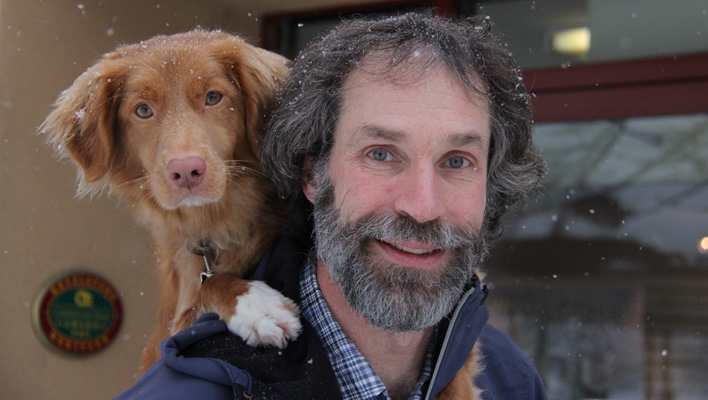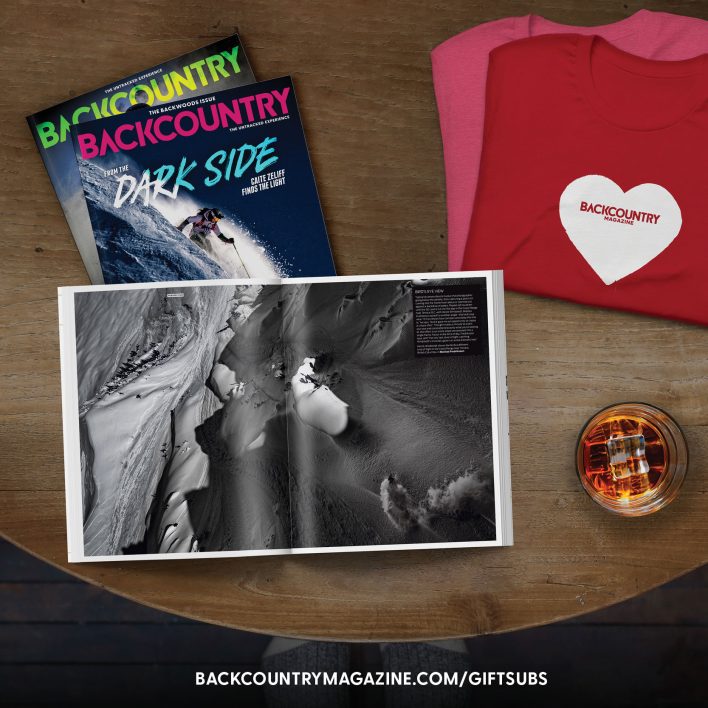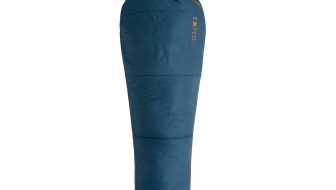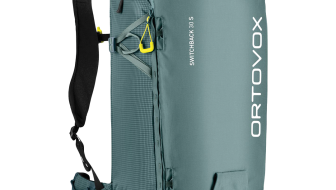Ilya Storm, 50, is the forecast coordinator for Avalanche Canada. Storm lives in Revelstoke, B.C., just down the road from Rogers Pass. Here’s an excerpt from our conversation on 20 years of education, safety and snow science.
Mountain Skills: Ilya Storm on 20 years of education, safety and snow science
Mountain Skills: Karl Birkeland on 20 years of education, safety and snow science

Karl Birkeland, 51, is a longtime avalanche forecaster and director of the U.S. Forest Service National Avalanche Center in Bozeman, Montana. Here’s an excerpt from our conversation on 20 years of education, safety and snow science.
Mountain Skills: Exploring with Modern Navigation Tools

“My map and compass never have dead batteries.” This is the most common rationale I hear for not learning and adopting new technology. Film still works in cameras and the Postal Service still gets information from place to place, but there are better ways these days. The same is true for improving the way we tour plan and navigate. Here’s how to use modern navigation tools.
Mountain Skills: Making Better Observations

Turn to someone you trust—a more experienced friend or maybe a guide—and you’ll likely find out that they don’t dig too many pits, and they certainly never trust their life with the information gained in one snow pit. This disconnect can be confusing—after all, we learn to dig pits early in our education, but in reality most skiers don’t bother. Here’s when and how to dig to get the most information.
Video: Avalanche Expert Bruce Tremper on Risk
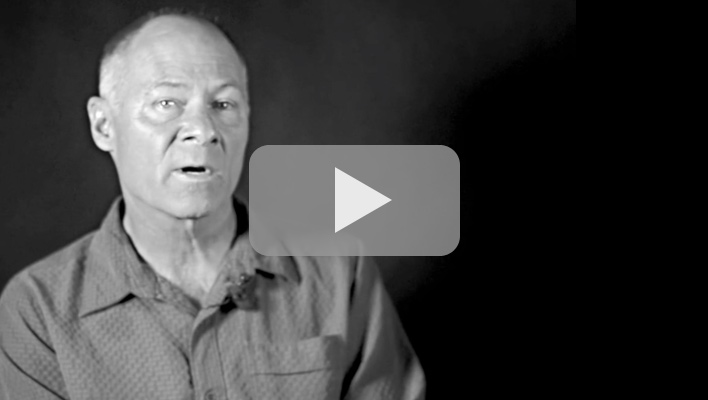
“I will never be as confident in my avalanche skills as I was when I was in my early 20s,” Bruce Tremper says with a short chuckle and teeth-showing grin. Tremper has held the position as the Utah Avalanche Center Director since 1986 and is the author of Staying Alive in Avalanche Terrain and Avalanche Essentials. In this video, he admits that overconfidence and ego played strong roles in decision making in his earlier days and motivated him to get too close to dangerous cornices and ski terrain he wouldn’t descend today.
Mountain Skills: Budgeting Time for Success

Do you always carry a headlamp when skiing in the backcountry? Find yourself using it a little too often? Then you might want to figure out why you’re always late. Understanding how long it takes to travel through the mountains will help you summit more peaks, ski more powder, not be pushing it as darkness looms and get home when your friends and family expect you. Here are some techniques from a hypothetical outing that you can apply to your tours and adapt to your needs.
Video: Avalanche Engineers

“We’re really just trying to understand the fundamental process that causes a slope to fail in an avalanche in the first place,” says Tony Lebaron, a PhD Candidate in Applied Mechanics at Montana State University, Bozeman. “No one really knows what happens at a microstructural level.” So at MSU’s subzero lab, Lebaron and David Walters, another PhD candidate, are constructing avalanches in hyper-controlled environments to analyze propagation and microstructure. “In the lab here, we can see everything that’s happen,” Walters says, “We really see the whole story.”
Mountain Skills: How to prepare for avalanche conditions in unfamiliar locations

It’s October, and you’ve already booked a hut week in the Monashees, a yurt trip in the Sawtooths or a weekend in the Wasatch. But how will you know what conditions will be like at, say, the end of February? And, more importantly, how can you be familiar with the snowpack and deal with avalanche conditions when you arrive in an unfamiliar backcountry zone?
Mountain Skills: Get the Most Out of the Uphill
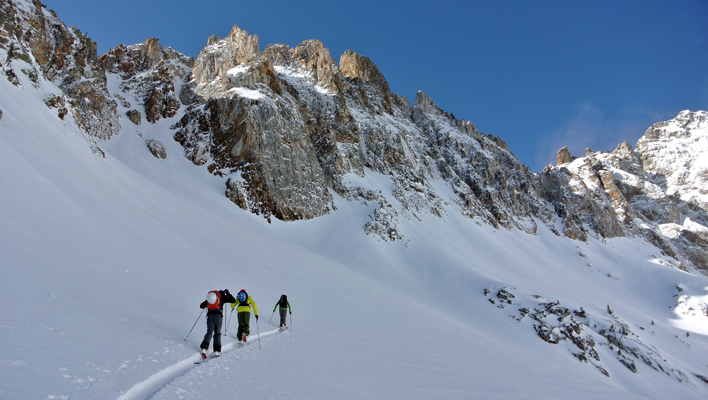
While backcountry skiing or riding, we tend to spend more time going up than going down. And, simply put, skinning done poorly is not fun. There are three primary ingredients to a good day of touring: establishing a proper pace, setting an appropriate skintrack angle and avoiding kick turns whenever possible. You’ve likely come into the backcountry to escape the rat race, so learn to enjoy the climb up and the whole experience will get a lot better. Here’s how.
Going Deep: In Seattle, a little avalanche education in the evenings

If you’re like most experienced backcountry skiers it’s been more than 50 backcountry days and a few years since your last avalanche course. According to Scott Schell, the program director for the Northwest Avalanche Center (NWAC), that’s not cool. So, in an effort to fill the avy education gap, Schell developed an affordable way for Seattle skiers to keep up on their avy training.



